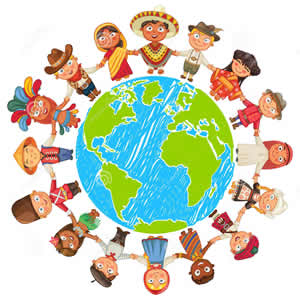Mini Sheet: Small Rosette Framed Asymmetrical Ornament (Russia 2012)
Small Rosette Framed Asymmetrical Ornament (Russia 2012)
15 November (Russia ) within release Arts & Crafts of Russia. Kasli Iron Sculpture goes into circulation Mini Sheet Small Rosette Framed Asymmetrical Ornament face value 80 Russian ruble
| Mini Sheet Small Rosette Framed Asymmetrical Ornament in catalogues | |
|---|---|
| Michel: | Mi:RU 1883 Klb |
Mini Sheet is square format.
Also in the issue Arts & Crafts of Russia. Kasli Iron Sculpture:
- Stamp - Slab With Two Concentric Rosettes face value 20;
- Mini Sheet - Slab With Two Concentric Rosettes face value 80;
- Stamp - Large Rosette, Fragments of the Openwork Ornament face value 20;
- Mini Sheet - Large Rosette, Fragments of the Openwork Ornament face value 80;
- Stamp - Rosette in the Square Frame, Floral Ornament face value 20;
- Mini Sheet - Rosette in the Square Frame, Floral Ornament face value 80;
- Stamp - Small Rosette Framed Asymmetrical Ornament face value 20;
- Mini Sheet - Small Rosette Framed Asymmetrical Ornament face value 80;
Mini Sheet Small Rosette Framed Asymmetrical Ornament it reflects the thematic directions:
A culture is a way of life of a group of people--the behaviors, beliefs, values, and symbols that they accept, generally without thinking about them, and that are passed along by communication and imitation from one generation to the next. Culture is symbolic communication. --the behaviors, beliefs, values, and symbols that they accept, generally without thinking about them, and that are passed along by communication and imitation from one generation to the next. Culture is symbolic communication.
Art is a diverse range of human activities in creating visual, auditory or performing artifacts (artworks), expressing the author's imaginative or technical skill, intended to be appreciated for their beauty or emotional power. In their most general form these activities include the production of works of art, the criticism of art, the study of the history of art, and the aesthetic dissemination of art. The oldest documented forms of art are visual arts, which include creation of images or objects in fields including painting, sculpture, printmaking, photography, and other visual media. Architecture is often included as one of the visual arts; however, like the decorative arts, or advertising, it involves the creation of objects where the practical considerations of use are essential—in a way that they usually are not in a painting, for example. Music, theatre, film, dance, and other performing arts, as well as literature and other media such as interactive media, are included in a broader definition of art or the arts. Until the 17th century, art referred to any skill or mastery and was not differentiated from crafts or sciences. In modern usage after the 17th century, where aesthetic considerations are paramount, the fine arts are separated and distinguished from acquired skills in general, such as the decorative or applied arts.
Ironwork is any weapon, artwork, utensil, or architectural feature made of iron, especially one used for decoration. There are two main types of ironwork: wrought iron and cast iron. While the use of iron dates as far back as 4000 BC, it was the Hittites who first knew how to extract it (see iron ore) and develop weapons. Use of iron was mainly utilitarian until the Middle Ages; it became widely used for decoration in the period between the 16th and 19th century.
A craft or trade is a pastime or an occupation that requires particular skills and knowledge of skilled work. In a historical sense, particularly the Middle Ages and earlier, the term is usually applied to people occupied in small scale production of goods, or their maintenance, for example by tinkers. The traditional term craftsman is nowadays often replaced by artisan and by craftsperson.
Metalworking is the process of shaping and reshaping metals in order to create useful objects, parts, assemblies, and large scale structures. As a term, it covers a wide and diverse range of processes, skills, and tools for producing objects on every scale: from huge ships, buildings, and bridges, down to precise engine parts and delicate jewelry.
The Kionga Triangle (German: Kionga-Dreieck, Portuguese: Triângulo de Quionga) was a small region of German East Africa situated at the mouth of the Ruvuma River. The Ruvuma served as the border between the German colony and Portuguese Mozambique, and the Kionga Triangle was the only section of German East Africa south of the river. Its principal settlement was Kionga (now Quionga ) which had a population of 4,000 in 1910. It became a German possession in 1894 but came under Portuguese control in April 1916 during World War I. The post-war Treaty of Versailles reaffirmed that the river was the border between Tanganyika, then under British control, and Portuguese Mozambique. The triangle was the only territory that the treaty awarded to Portugal.





